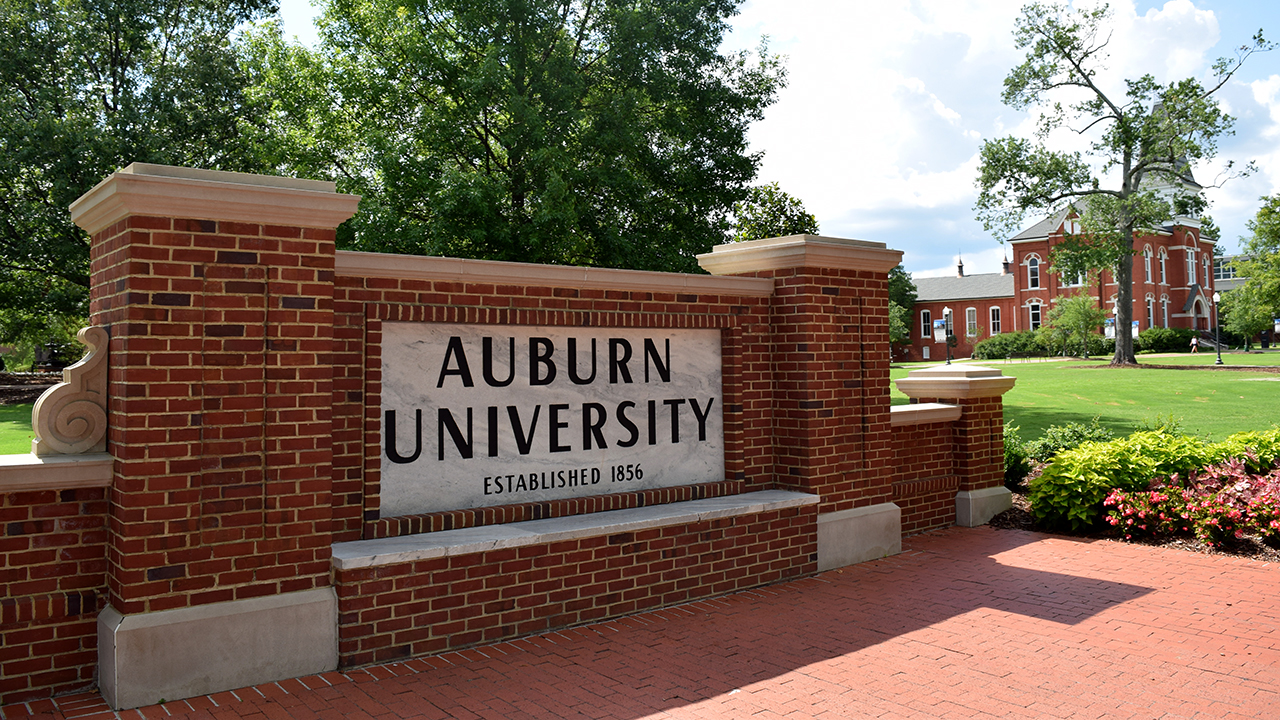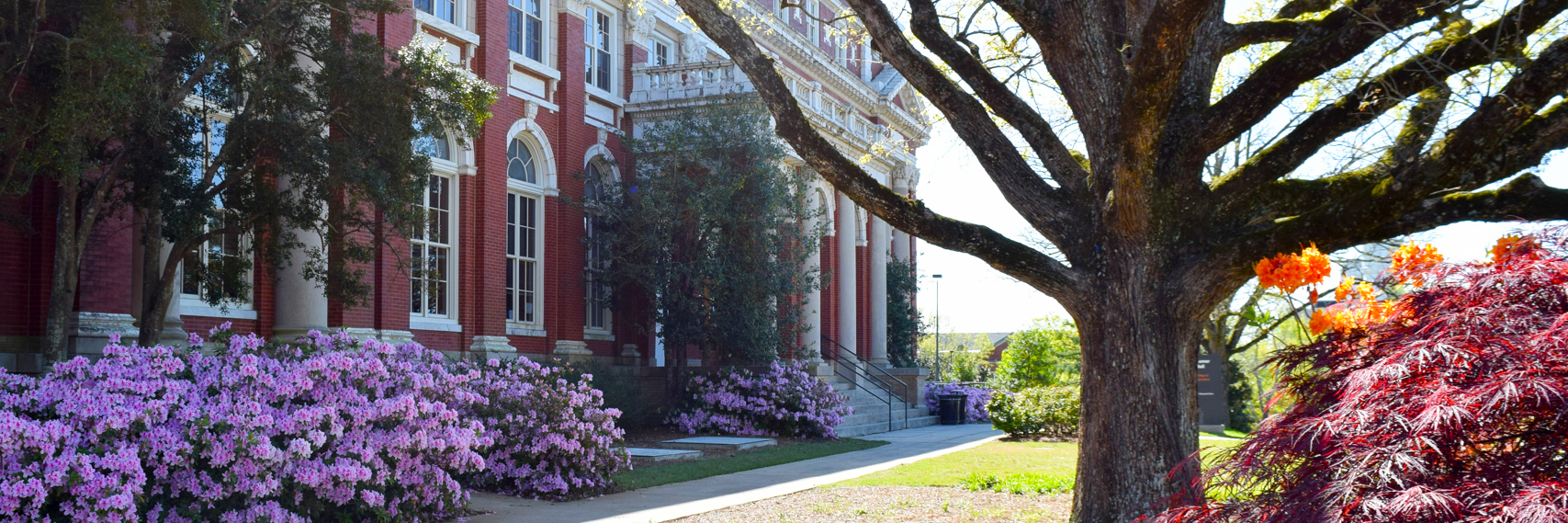
Visit the College of
Agriculture
Visit Campus & Ag Hill
Visit the college campus in person
The best way to find out whether the College of Agriculture is right for you is to experience it firsthand. During a visit to Auburn and Ag Hill, you can learn more about the college with a special interest session, take a tour of Ag Hill led by Ag Ambassadors on campus, and learn about our many research facilities.
Tour Options
Currently, in-person visits to the College of Agriculture are offered daily except for Wednesdays and weekends. Schedule a visit by clicking below to see available dates and times.
*Student-led tours are with an Ag Ambassador and do not include an information session with the recruiter.
Group tours are available by request. Please email auburnag@auburn.edu to schedule a tour for your group!
Tour Options & Events
The College of Agriculture offers many opportunities for hands-on learning experiences. To learn more about these opportunities, review the information below about touring our state-of-the-art research facilities.
AUBURN EQUESTRIAN CENTER
 This spacious, 80-acre facility is conveniently located on the edge of campus, making it easily accessible for student-athletes, faculty and staff. There are multiple spacious pastures with centaur fencing and run-in shelters. This ideal location is a five-minute drive for most student-athletes, and a transit stop is located across the street.
This spacious, 80-acre facility is conveniently located on the edge of campus, making it easily accessible for student-athletes, faculty and staff. There are multiple spacious pastures with centaur fencing and run-in shelters. This ideal location is a five-minute drive for most student-athletes, and a transit stop is located across the street.
To schedule a tour of the Auburn Equestrian Center, please email Lisa Dorsey at lmh0012@auburn.edu.
Tours are available by appointment only.
LEARN MORE ABOUT THE AUBURN EQUESTRIAN CENTER
CHARLES C. MILLER JR. POULTRY RESEARCH AND EDUCATION CENTER
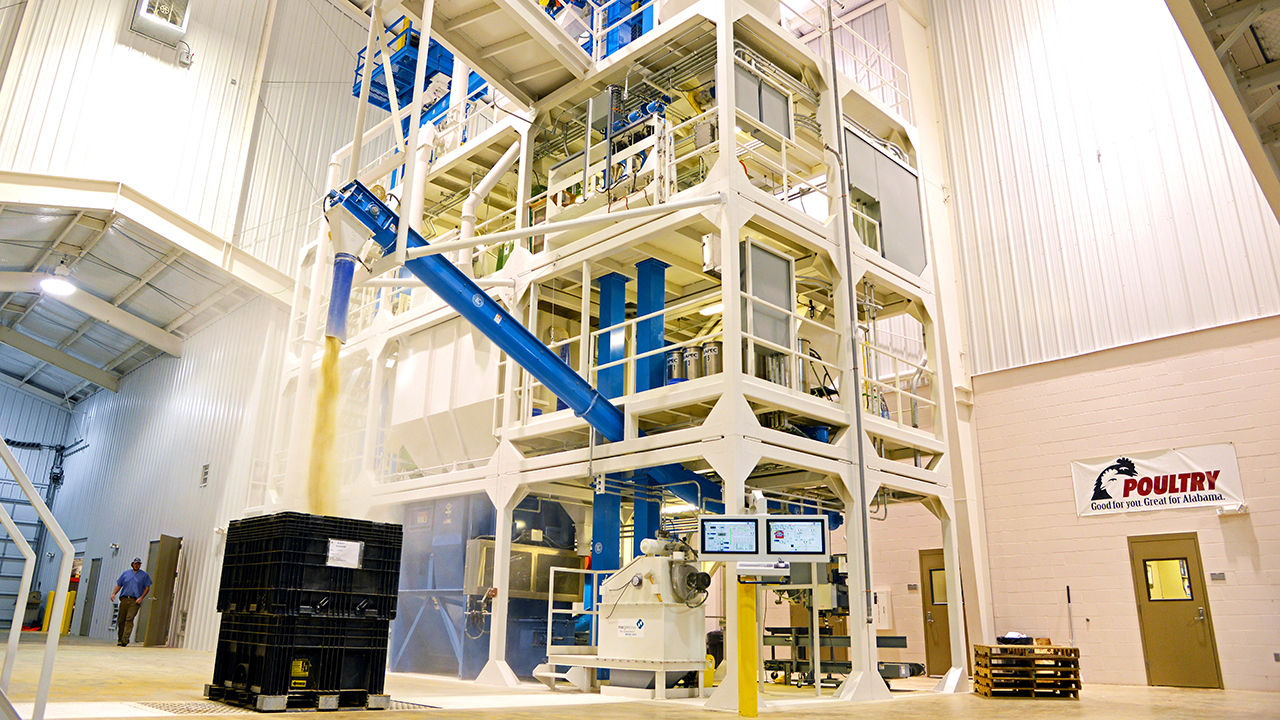
This research and education center will allow the Department of Poultry Science to realize its vision of significantly advance the university’s standing as a global leader in poultry research, instruction and outreach. This Center allows our Poultry Department to realize its vision of becoming the premier poultry education and research program.
LEARN MORE ABOUT THE CHARLES C. MILLER JR. POULTRY RESEARCH AND EDUCATION CENTER
RANE CENTER ROOFTOP GARDEN
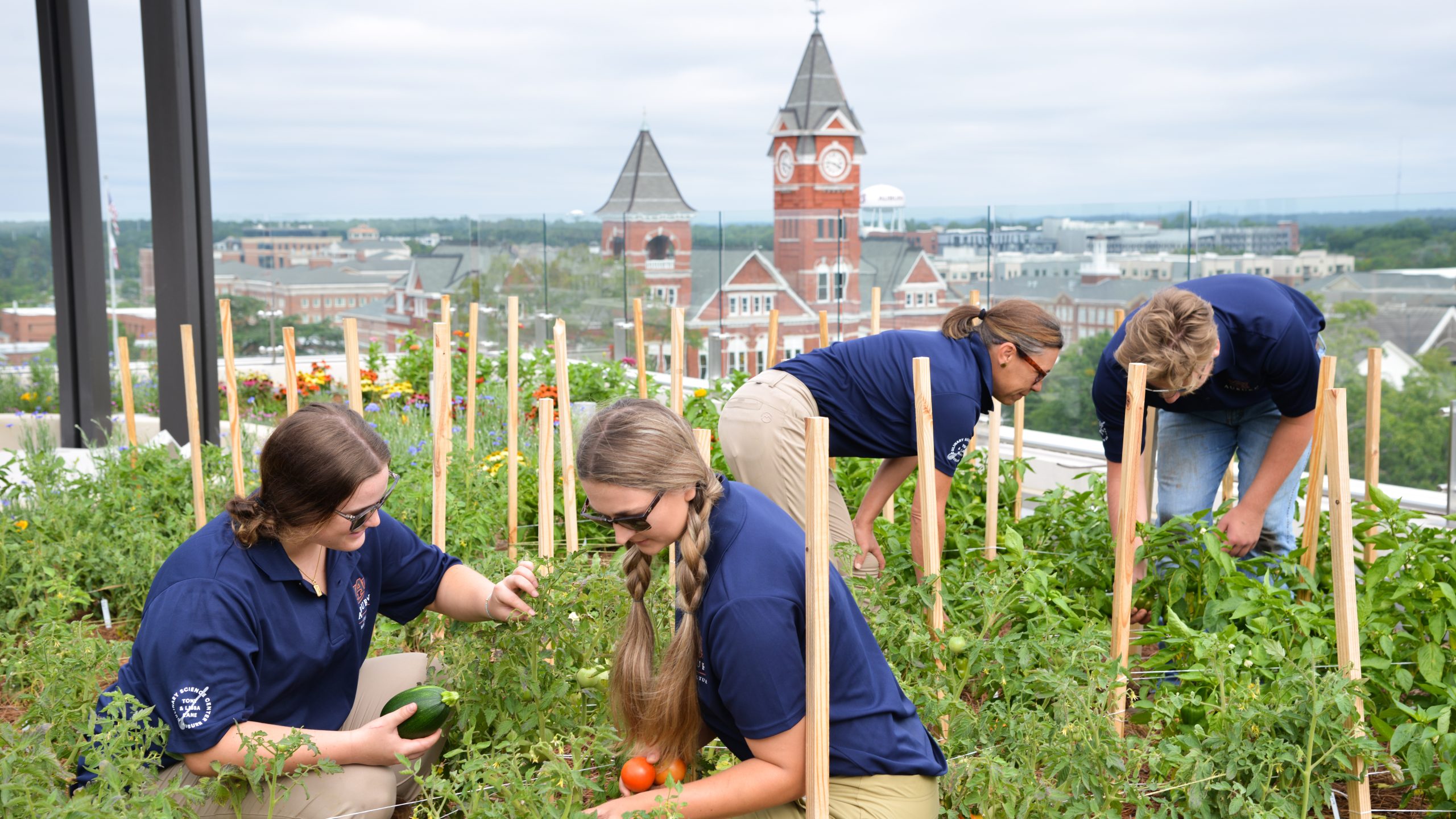
Atop the Tony and Libba Rane Culinary Science Center, adjacent to Ag Hill on the Auburn campus, lies an entirely edible rooftop garden operated by Department of Horticulture faculty, staff and students. The roof of the Rane Center, which sits at the corner of College and Thach, has a panoramic view of Samford Hall and, in the not-so-far distance, Jordan-Hare Stadium.
LEARN MORE ABOUT THE RANE CENTER ROOFTOP GARDEN
NOTE: We will not offer tours on dates the university is closed. See registration for availability.
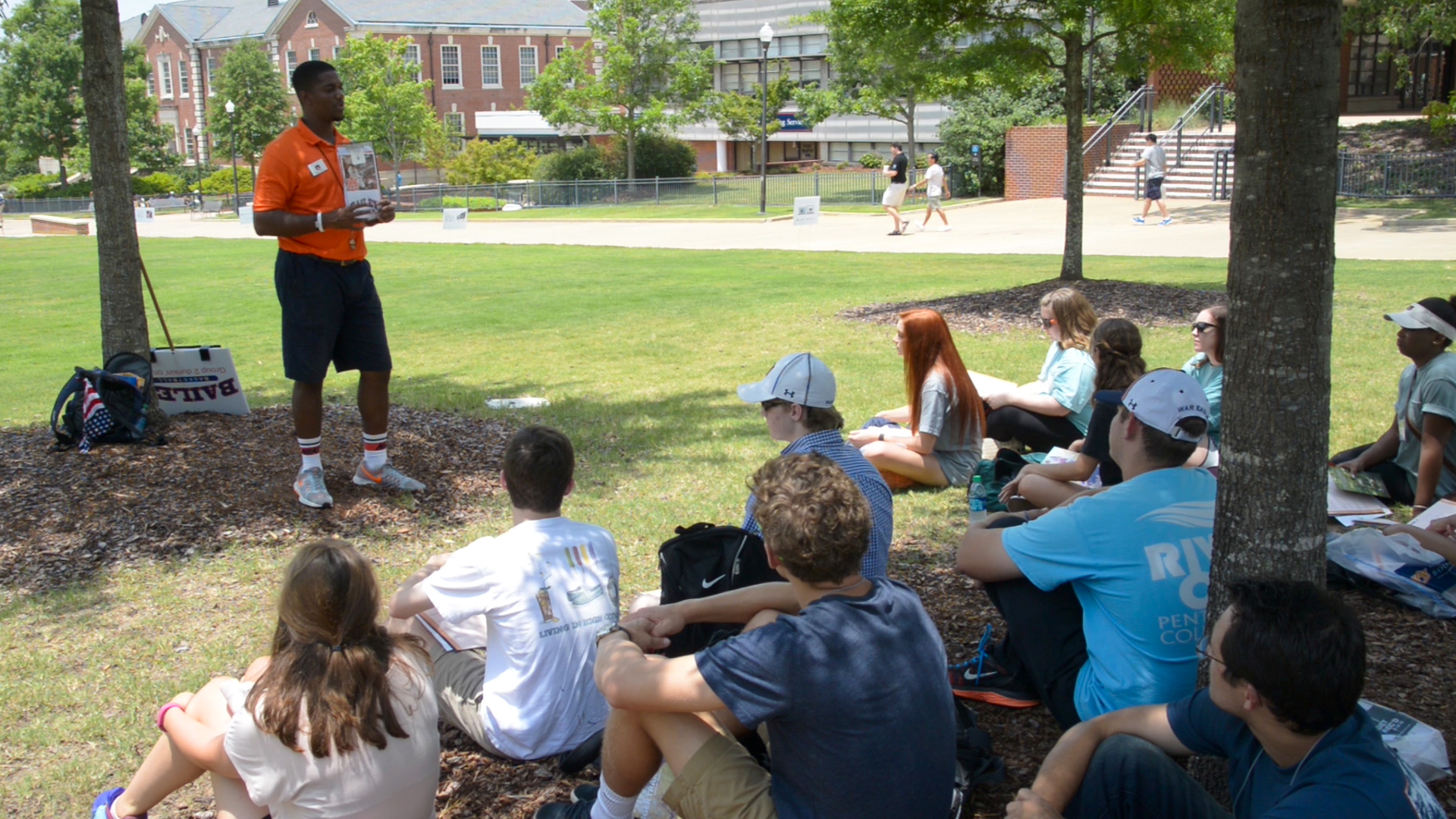
Majors & Minors
Graduate Degrees & Programs
overview
Departments
COA Facts
Admissions
First Year Experience
Awards & Fellowships
Mission Statement
Student Resources
Student Services
Apply Now
Contact
Student Services Office
105 Comer Hall
Auburn Univ, AL 36849
(334) 844-4768
auburnag@auburn.edu
Follow Us
UNIVERSITY TOUR OPTIONS
AU Main Campus Tour
Want to tour the entire Auburn University campus? Campus tours are offered through the university Office of Admissions and Recruitment. The complete campus tour takes about an hour and 45 minutes!
Experience Auburn University’s Virtual Tour
Nothing beats an actual tour, but you can always get a feel for campus exploring Auburn’s campus in a new interactive way! Take the Main Campus Tour in virtual reality by following the link below.
Self-Guided Tour
If you are unable to attend a weekday or Saturday tour, you are more than welcomed to visit our campus on your own. Explore at your own pace, on your own time!
Tour Tips
- Register Early. Tours can fill up quickly.
- Wear comfortable shoes and be prepared for the weather. Naturally, with a walking tour, you want to be comfortable as you explore. Bring an umbrella as the tour will include an outdoor portion.
- Looking for parking? When you register to tour, you will receive all information and instructions to park.
- Make the most of your visit. Register for tours and research units when available, or set up appointments with other facilities in advance. Let us know how we can help!
Auburn Hospitality & Tourism
When you are on Auburn University’s campus, be sure to visit the iconic Samford Hall, and take a picture in front of the Auburn University sign. Then head to nearby Toomer’s Corner, where students gather regularly to celebrate big athletic wins by rolling — yes, with toilet paper — the famous Auburn Oaks trees. Explore downtown and grab lunch or a cold glass of Toomer’s Drugs’ famous lemonade.
- Around campus you will find the sprawling Donald E. Davis Arboretum has a collection of native plants.
- The Jonathan Bell Lovelace Museum documents the university’s athletics history.
- The Jule Collins Smith Museum of Fine Art has changing exhibits ranging from the 18th–21st centuries, to modernism and contemporary.
- South of Auburn is Chewacla State Park with hiking, extreme bike trails and a large lake.
- Southwest of Auburn, the Tuskegee National Forest is home to wild deer with trails for hiking, biking and horses.
There is no shortage of opportunities, be sure to check out the Auburn & Opelika Tourism Bureau for ideas. Or better yet get involved and become a professional with Auburn’s Hospitality Management Program.

Double Up Food Bucks Alabama: Making healthy eating a SNAP
Double Up Food Bucks Alabama is enhancing communities by making fresh local produce more affordable and accessible at select grocery stores and farmers markets. The program is funded in part by the U.S. Department of Agriculture (USDA) with matching funds from state...
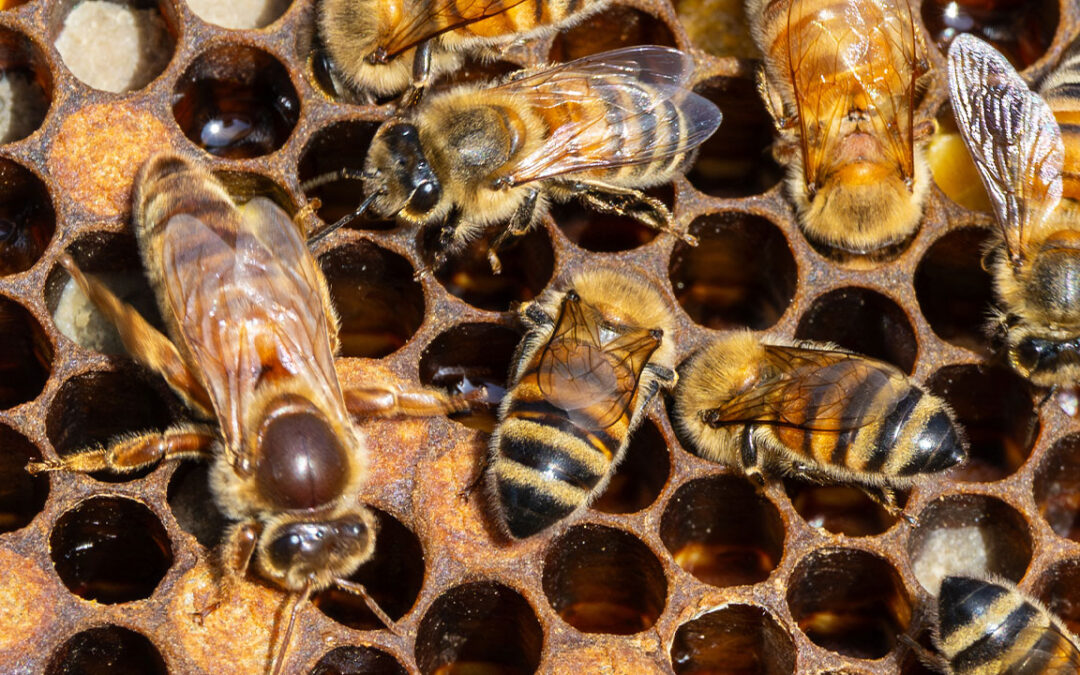
U.S. Beekeeping Survey reveals highest honey bee colony losses during 2024-2025
The annual U.S. Beekeeping Survey results are in for the 2024-2025 calendar year. In collaboration with Auburn University, the Apiary Inspectors of America, Oregon State University and others, the national survey estimated that 55.6% of managed honey bee colonies were...
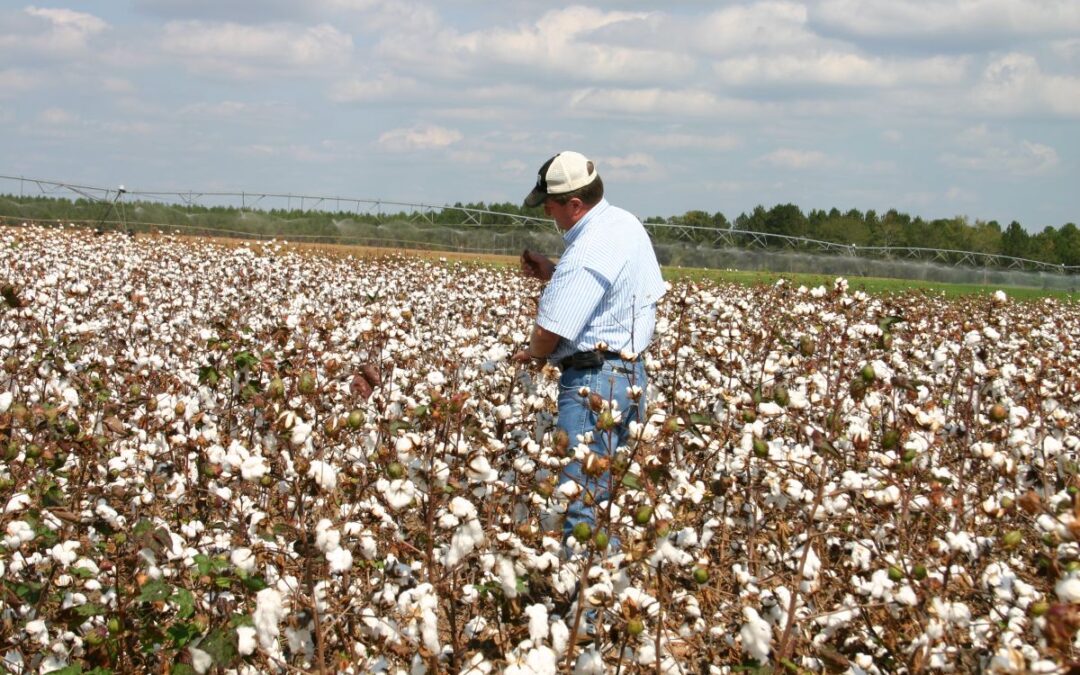
Understudied cotton is the focus of Auburn University research on seedling diseases
Cotton is undoubtedly one of the most recognizable plants in the world, with its heart-shaped leaves and branches that explode into powder-white fruit. But it’s also one of the more understudied field crops. “Previously, it was unclear where and which specific...


